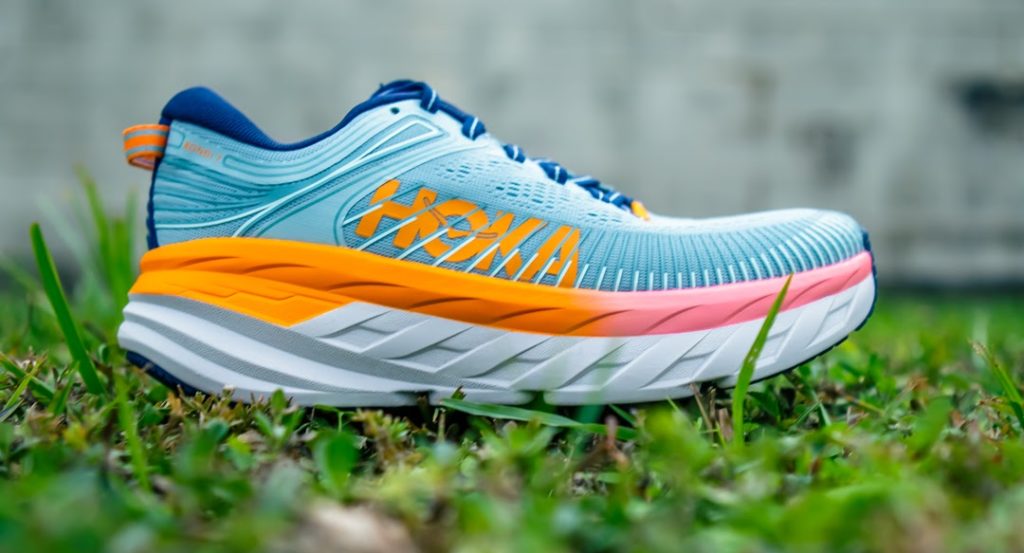Introduction to Hoka Shoes
If you’re looking for a running shoe that combines comfort, support, and style, Hoka Shoes are likely on your radar. Known for their distinctive design and plush cushioning, these shoes have taken the athletic world by storm. Whether you’re a seasoned runner or just starting out on your fitness journey, having the right pair of Hoka shoes can make all the difference in your performance.
But how do you ensure they fit just right? Many people underestimate the importance of proper shoe fitting. The wrong size can lead to discomfort or even injury. With this guide at your fingertips, you’ll be well-equipped to find your perfect pair of Hoka shoes and enjoy every step along the way! Let’s dive into what makes finding the ideal fit so crucial for both comfort and performance.
The Importance of Properly Fitting Shoes
Wearing properly fitting shoes is crucial for overall foot health. Ill-fitting footwear can lead to pain, discomfort, and even long-term injuries.
When it comes to running or walking, your feet experience significant pressure with every step. A shoe that doesn’t fit well can disrupt your natural gait and affect your body alignment.
Properly fitting shoes provide the necessary support for arches and cushioning where it’s needed most. They help prevent blisters and calluses by reducing friction.
Moreover, a good fit enhances performance during physical activities. With Hoka shoes designed specifically for cushioning and stability, understanding how they should fit can elevate your experience whether you’re on a trail or pavement.
In short, investing time in finding the right size ensures not only comfort but also promotes healthy foot biomechanics throughout daily activities.
Step-by-Step Guide to Finding the Right Fit
Finding the right fit for your Hoka shoes is essential for comfort and performance. Start by measuring your feet at the end of the day when they’re most swollen. Use a Brannock device or measure them on a flat surface.
Next, consider the type of socks you usually wear. Thicker socks may require a half-size up to ensure enough space in the shoe.
When trying on Hoka shoes, make sure there’s about a thumb’s width between your longest toe and the front of the shoe. This space allows for proper movement without feeling restricted.
Walk around in them! Pay attention to how they feel during various movements—standing, walking, or even jogging lightly.
Remember that different models might have slightly varied fits due to design changes, so try multiple styles if possible before making your final decision.
Common Mistakes When Fitting Hoka Shoes
Many people rush the fitting process, thinking they can get it right in just a minute. This often leads to discomfort later on.
Another common mistake is sticking with the same size you wore in other brands. Footwear sizes can vary significantly between manufacturers, especially with Hoka shoes, which have their own unique sizing nuances.
Some individuals forget about trying on shoes at different times of day. Feet naturally swell throughout the day; testing your Hoka Shoes when your feet are larger ensures a better fit.
Skipping out on socks during fitting is a misstep. The thickness of your usual running or hiking socks plays a crucial role in how well the shoe fits and feels while performing activities.
Tips for Ensuring Comfort and Support
Choosing the right Hoka shoes is just the beginning. To ensure maximum comfort and support, pay attention to a few key elements.
First, always try on your shoes with the socks you plan to wear during activities. This small detail can significantly influence fit and feel.
Next, consider arch support. Hoka offers various levels of cushioning tailored for different foot types. Make sure to select a model that complements your unique arch shape.
Don’t forget about lacing techniques. A snug but comfortable lace-up can make all the difference in securing your foot without causing pressure points.
Take time to walk around in them before committing fully. This allows you to gauge how they perform under real-world conditions and helps identify any areas needing adjustment or concern.
How to Break in Your New Hoka Shoes
Breaking in your new Hoka shoes is essential for achieving optimal comfort. Start by wearing them around the house. This allows your feet to adjust gradually without the pressure of a long run.
Take short walks or light jogs to help the materials soften. Listen to your body; if you feel discomfort, it’s best to ease off and give yourself time.
Consider alternating between your old pair and the new ones during this period. It helps prevent soreness while letting you experience both pairs.
Pay attention to any hot spots developing on your feet as you break them in. Addressing these early can save you from blisters later on.
Patience is key. Allow several days for full adjustment before tackling intense workouts or long runs with those fresh Hoka shoes. Your feet will thank you.
Conclusion: Invest in Properly Fitted Hoka Shoes for Optimal Performance and Comfort
Investing in properly fitted Hoka shoes can make a significant difference in your running or walking experience. The right fit not only enhances comfort but also ensures optimal support for your feet. This attention to detail helps prevent injuries and improves overall performance, allowing you to enjoy every stride.
When searching for the perfect pair of Hoka shoes, follow the guidance provided in this article. Remember that taking the time to find a proper fit is essential. Avoid common mistakes and prioritize comfort as you break them in.
Choosing well-fitted Hoka shoes will lead to greater satisfaction on your fitness journey. Your feet deserve it, so treat them well with the right footwear choice that supports both performance and comfort.

Leave a Reply